Wool is one of the oldest and most versatile natural fibers known to humanity. It has been used for thousands of years for clothing, insulation, textiles, and even artistic creations. Derived primarily from sheep, but also from other animals like alpacas, goats (cashmere and mohair), and rabbits (angora), wool remains a premium choice for warmth, comfort, and sustainability.
The History of Wool
The use of wool dates back to around 10,000 BCE, when early humans domesticated sheep in Mesopotamia. Wool was an essential material for survival, providing warmth in cold climates and being relatively easy to process. The Babylonians, Egyptians, Greeks, and Romans all valued wool for its durability and insulating properties.
During the Middle Ages, wool production became a thriving industry in Europe, particularly in England, Spain, and Italy. The wool trade played a significant role in the economies of these regions, and entire towns were built around sheep farming. By the 18th and 19th centuries, with the Industrial Revolution, wool processing became more efficient, making it widely available for clothing, carpets, and upholstery.
Today, wool remains an important global industry, with countries like Australia, New Zealand, China, and the UK being the leading producers.
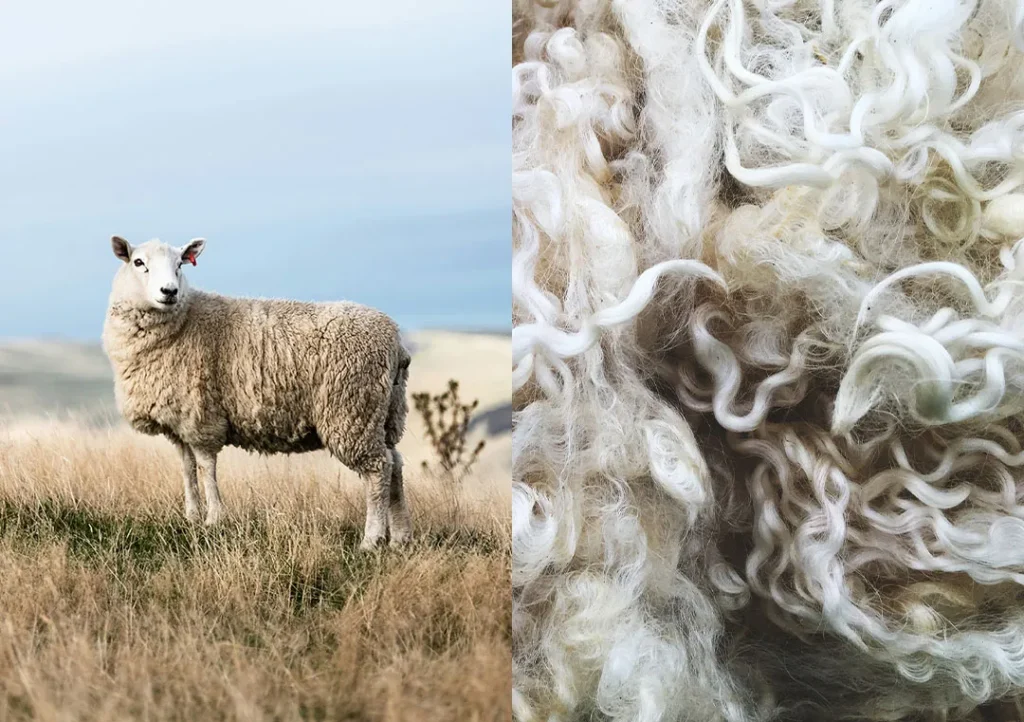
Properties of Wool
Wool is unique compared to other natural and synthetic fibers because of its remarkable properties, including:
Natural Insulation
Wool fibers trap air, creating a layer of insulation that keeps the wearer warm in cold weather and cool in warm weather.
Moisture-Wicking
Wool absorbs moisture (up to 30% of its weight) without feeling wet, making it ideal for outdoor and activewear.
Breathability
Wool fibers allow air circulation, preventing overheating and making wool garments comfortable to wear.
Elasticity & Resilience
Wool fibers can stretch up to 30% without breaking and return to their original shape, making wool garments resistant to wrinkles and creases.
Odor Resistance
Wool naturally repels bacteria, preventing odor buildup, which makes it an excellent choice for clothing that doesn’t require frequent washing.
Flame Resistance
Unlike synthetic fibers, wool does not catch fire easily. Instead, it smolders and self-extinguishes, making it a safer option for upholstery and carpets.
Types of Wool
Wool comes from various animals, each type offering different textures, qualities, and uses.
Merino Wool
- Origin: Merino sheep (primarily from Australia & New Zealand)
- Properties: Soft, fine, and highly breathable
- Uses: High-quality clothing, base layers, socks, and performance wear
Cashmere
- Origin: Cashmere goats (Mongolia, China, and India)
- Properties: Extremely soft, lightweight, and warm
- Uses: Luxury scarves, sweaters, and shawls
Mohair
- Origin: Angora goats (South Africa, USA, Turkey)
- Properties: Silky, shiny, and durable
- Uses: Luxury suits, scarves, and upholstery
Alpaca Wool
- Origin: Alpacas (Peru, Bolivia, and Ecuador)
- Properties: Lightweight, soft, hypoallergenic, and warm
- Uses: Sweaters, coats, blankets, and accessories
Angora Wool
- Origin: Angora rabbits (France, China, and Germany)
- Properties: Incredibly soft, fluffy, and warm
- Uses: Winter clothing, scarves, and luxury textiles
Shetland Wool
- Origin: Shetland sheep (Scotland)
- Properties: Durable, warm, and slightly coarse
- Uses: Sweaters, hats, and traditional knitwear
Lambs Wool
- Origin: First shearing of young sheep
- Properties: Soft, fine, and non-itchy
- Uses: High-end garments and blankets
Uses of Wool
Wool is widely used in various industries, from fashion to home décor and even medical applications.
Clothing & Fashion
- Sweaters, suits, coats, scarves, socks, and gloves
- Activewear and base layers for outdoor activities
- Formal wear such as suits and dresses
Home & Interior Design
- Wool carpets and rugs (long-lasting and durable)
- Upholstery for furniture (resistant to wear and fire)
- Wool blankets and duvets (natural warmth and comfort)
Industrial & Technical Uses
- Wool insulation for homes (eco-friendly alternative to synthetic insulation)
- Fire-resistant clothing for firefighters and military personnel
- High-performance filters in air purification systems
Medical & Therapeutic Uses
- Compression garments for joint and muscle support
- Wool bandages and padding for pressure sores
- Wool socks for diabetics (help with circulation and warmth)
Benefits of Wool
Eco-Friendly & Sustainable
Wool is a renewable resource since sheep naturally regrow their fleece every year. It is also biodegradable, breaking down in soil without polluting the environment.
Durable & Long-Lasting
Wool garments and textiles have a long lifespan, making them a better investment compared to synthetic fabrics that wear out quickly.
Hypoallergenic
Certain types of wool, such as merino and alpaca, are hypoallergenic and suitable for people with sensitive skin.
Natural Thermoregulation
Wool helps regulate body temperature, making it ideal for all seasons—keeping you warm in winter and cool in summer.
Environmental Impact of Wool
While wool is a natural and sustainable fiber, its production does have some environmental concerns, including:
Greenhouse Gas Emissions
Sheep produce methane, a potent greenhouse gas, contributing to climate change. Sustainable farming practices can help reduce this impact.
Land Degradation
Overgrazing by sheep can lead to soil erosion and loss of biodiversity. Ethical farming and rotational grazing methods can prevent this.
Chemical Processing
Some wool treatments involve chemicals for dyeing, bleaching, and softening. Eco-friendly processing methods help reduce environmental harm. Despite these challenges, ethical and organic wool production is growing, with many brands focusing on sustainability.
Wool is a remarkable natural fiber with endless benefits and uses. From clothing to home furnishings, wool remains one of the most trusted, durable, and sustainable materials in the textile industry. Despite some environmental concerns, ethical wool production continues to evolve, making it a greener choice for conscious consumers.
As a material that has stood the test of time, wool continues to be a symbol of quality, warmth, and natural luxury, proving that sometimes, nature provides the best solutions.





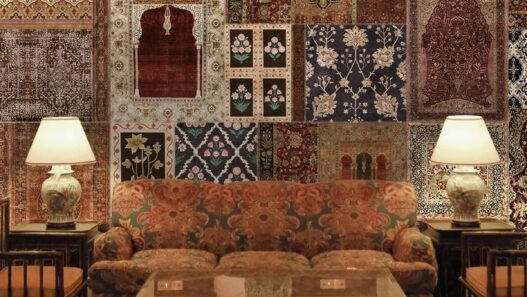



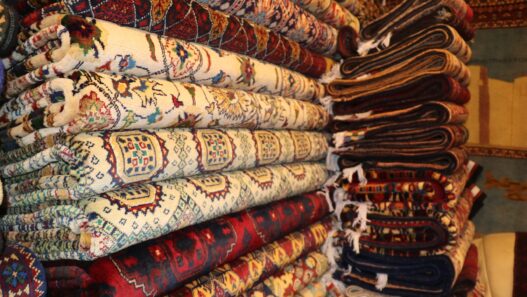





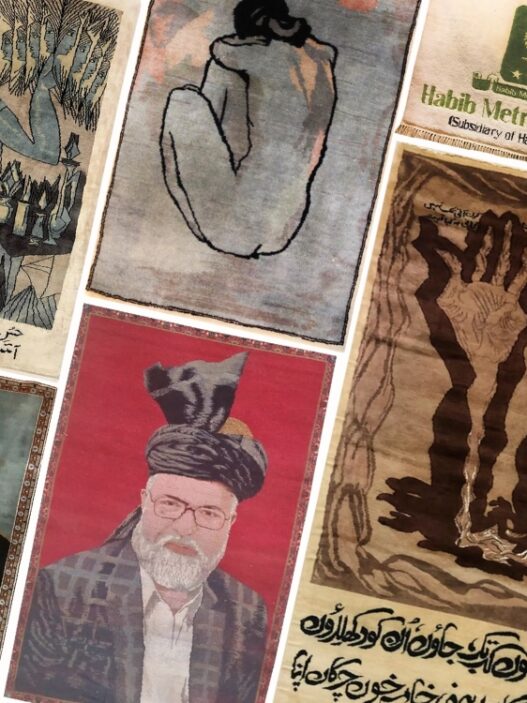

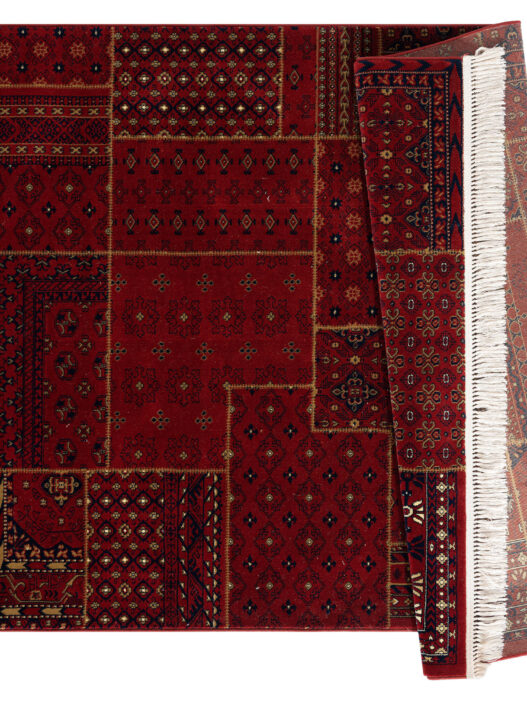
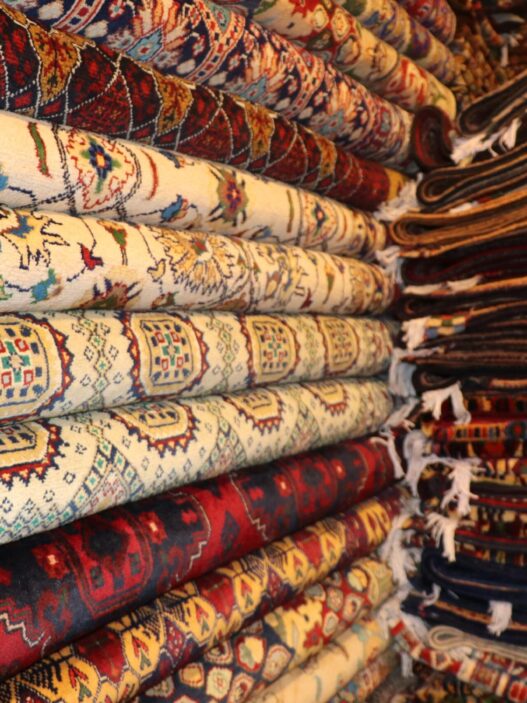

Your post is a true masterpiece. I\’ll be referencing it in my own work.
I\’m honored to hear that. I\’m always striving to provide the best information possible.
I\’m impressed by your writing style and the depth of your knowledge on this topic.